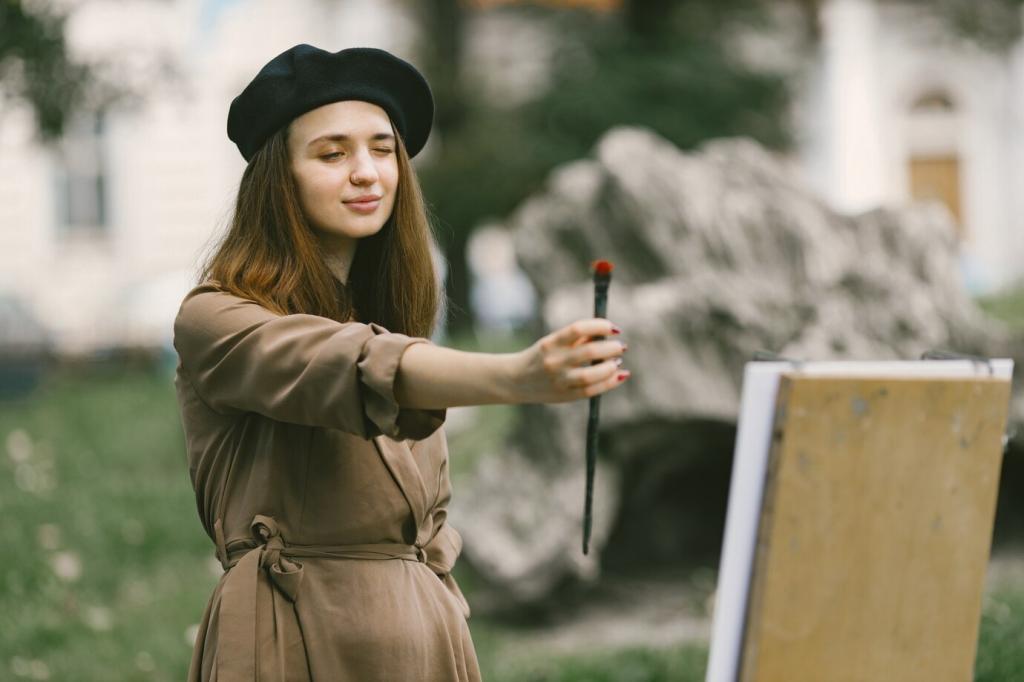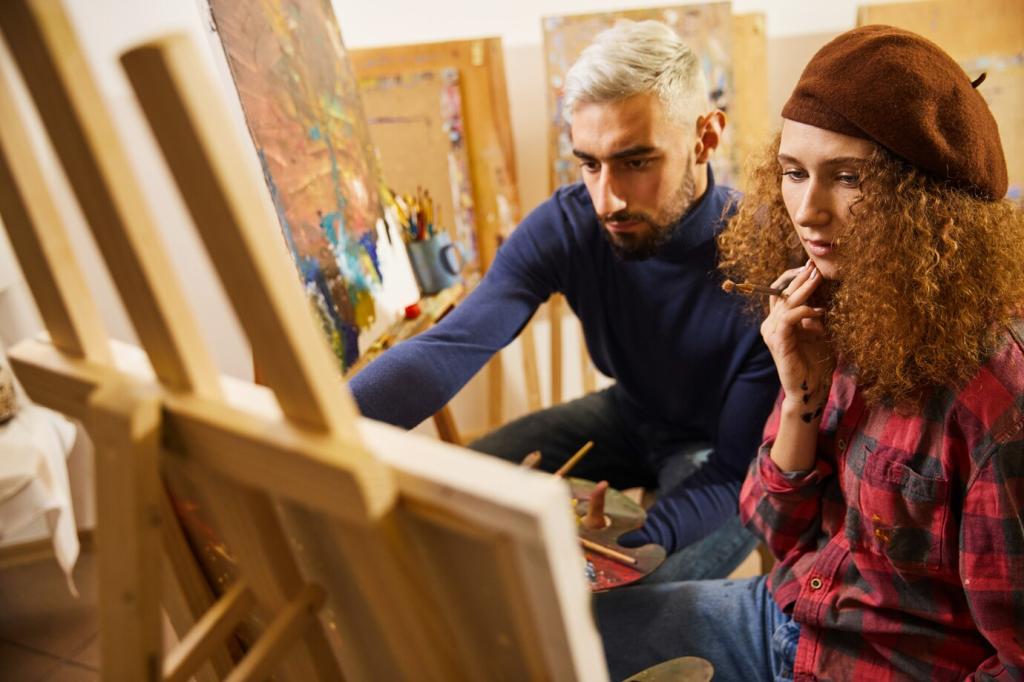Artistic Influence in Modern Interior Design
Art and design are inseparably linked, especially in the ever-evolving world of interior design. Modern spaces not only reflect functional needs but also echo the broader cultural and artistic movements that define our era. This exploration delves into how the influence of art shapes interiors, imbuing them with character, emotion, and innovation. From color theory to architectural forms, the fingerprints of artistic tradition are evident in every thoughtfully curated room, inviting us to experience our environments as living works of art.
The Intersection of Art and Interior Design
The Fusion of Aesthetics and Function
In modern interiors, aesthetic appeal and practical use intermingle seamlessly, much like the balance artists strike between form and meaning. Designers study visual art not only for inspiration but also to understand how colors, shapes, and textures influence perception. This translates into interiors where layout, light, and materials serve both beauty and usability, echoing artistic compositions that guide how viewers feel and interact within the space.

Previous slide
Next slide

Sculptural Forms and Spatial Dynamics
Furniture as Functional Sculpture
Contemporary designers often treat furniture not just as utility pieces, but as sculptural works that define a room’s energy. Signature chairs, tables, and lighting fixtures become focal points, commanding attention through bold forms and innovative materials. Drawing from the tradition of great sculptors, these objects transcend mere function, inviting contemplation and interaction.
Fluidity and Negative Space
Inspired by sculptors’ manipulation of void and mass, interior spaces now emphasize the value of negative space as much as what is filled. The strategic use of emptiness gives rooms a sense of balance, airiness, and movement. Rather than overcrowding, designers curate environments where every element has room to breathe—a principle straight out of modern and minimalist art philosophies.
Organic and Biomorphic Influences
The natural world, often imitated by artists, now filters into interiors through biomorphic forms and flowing lines. Curved walls, rounded furnishings, and nature-inspired patterns channel the energy of esteemed figures like Henry Moore or Barbara Hepworth. These designs foster a soothing, inviting atmosphere that blurs the boundaries between art, architecture, and the living environment.
Unlike mass-produced, flawless finishes, handmade objects bring warmth, personality, and unique character into interiors. Each handcrafted tile or hand-thrown vase carries the mark of its creator, introducing an element of wabi-sabi beauty. This philosophy, rooted in centuries-old artistic traditions, celebrates the irregular and the individual within contemporary design.
The Revival of Craftsmanship and Artisan Techniques

Abstract Expressionist art is characterized by spontaneous, dynamic techniques—a style echoed in today’s interiors with asymmetric layouts, unexpected juxtapositions, and organic patterns. This approach creates rooms alive with movement, where traditional symmetry gives way to individuated arrangements. By breaking rules, designers encourage authenticity and creative freedom.
Oversized canvases or mural-like installations, inspired by Abstract Expressionism, become anchoring points within interiors. These statement pieces hold the power to transform the entire atmosphere of a space, setting the emotional tone for its inhabitants. By embracing dramatic proportions, designers bring the boldness and passion of mid-20th-century painting into the heart of modern living.

Drawing from the tactile experimentation of abstract artists, contemporary interiors now feature finishes that reveal brush marks, raw textures, and layered effects. Plaster walls, hand-painted tiles, and bespoke finishes offer tangible evidence of artistic process. This visible handiwork not only creates visual interest but also fosters an emotional connection between the space and its users.
Minimalism and the Art of Reduction
01
Purity of Line and Form
Inspired by minimalist painting and sculpture, much of today’s interior design distills objects to their essential lines and shapes. Clean, unadorned spaces serve as visual relief in a cluttered world, allowing light, shadow, and proportion to take center stage. This reductionist approach fosters tranquility while showcasing the intrinsic beauty of each element.
02
Neutral Palettes and Subdued Tones
The restrained color schemes of minimalist art find their echo in monochrome and earth-toned interiors, which serve as serene backdrops for daily life. Far from monotonous, these palettes create a sense of continuity and openness, allowing subtle textural variations or the occasional pop of color to speak volumes. Simplicity becomes sophisticated through intentional choices.
03
Focus on Space and Silence
Minimalist-inspired interiors value empty space as much as occupied, just as a painter uses negative space to frame the subject. By limiting visual noise and unnecessary embellishments, designers highlight the fundamental relationships between elements: the way furniture sits in the room, the play of natural light, and the harmony of volumes. The result is a sanctuary where the mind can rest and recharge.
Layering Diverse Artistic References
Eclectic interiors might juxtapose a Bauhaus light fixture with a Baroque-inspired mirror or seamlessly blend African textiles with abstract paintings. Each piece tells its own story, but together they create a tapestry of influences and eras. This collage of references allows occupants to surround themselves with objects that resonate deeply and reflect a multifaceted identity.
Art as the Heart of the Home
In eclectic design, artwork often takes center stage, dictating color schemes, thematic direction, and even room layouts. Whether it’s a bold sculpture, a vintage print, or a family heirloom painting, these pieces guide other decorating decisions and imbue the space with emotional significance. Living amid beloved art fosters a tangible bond between one’s lifestyle and creative heritage.
